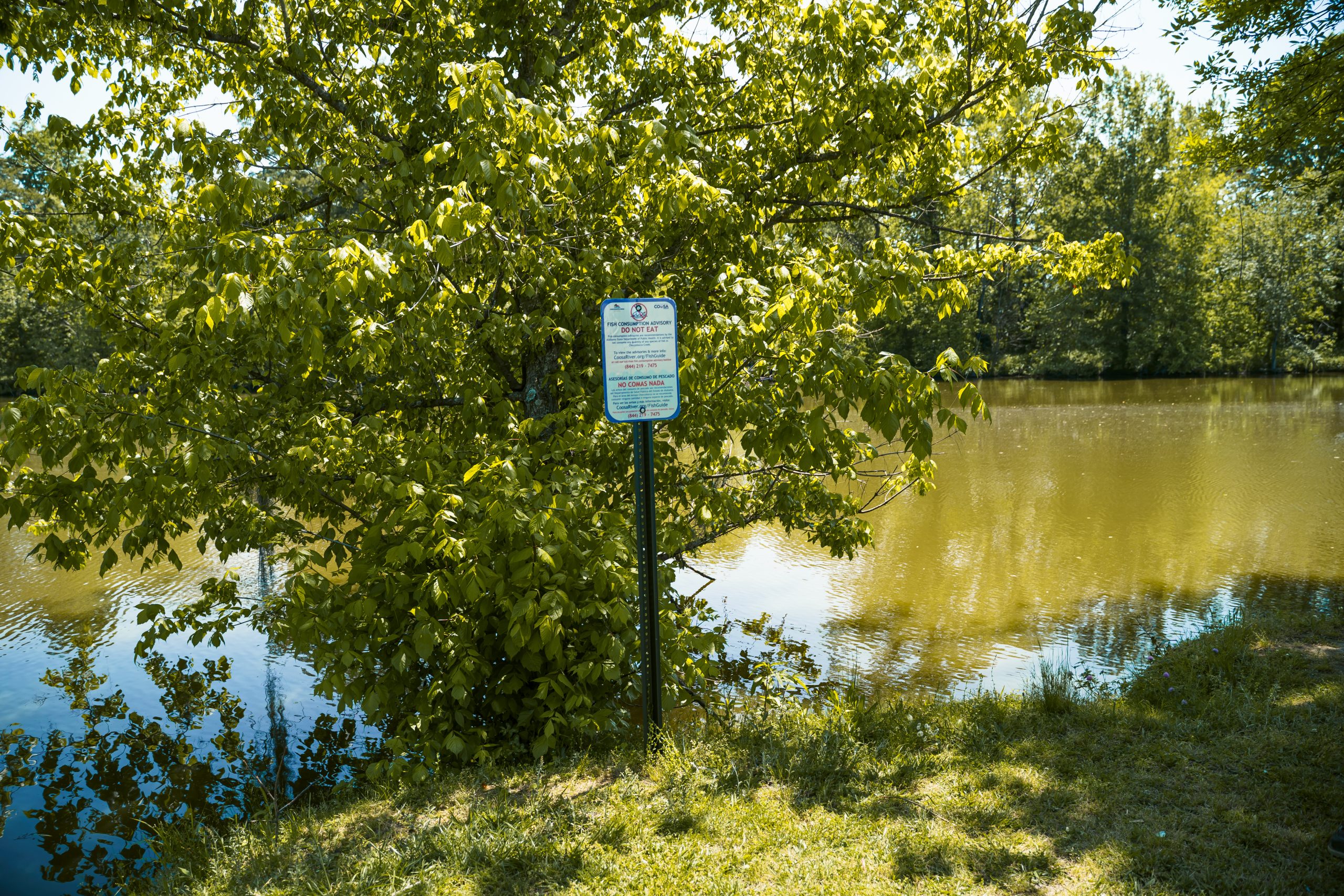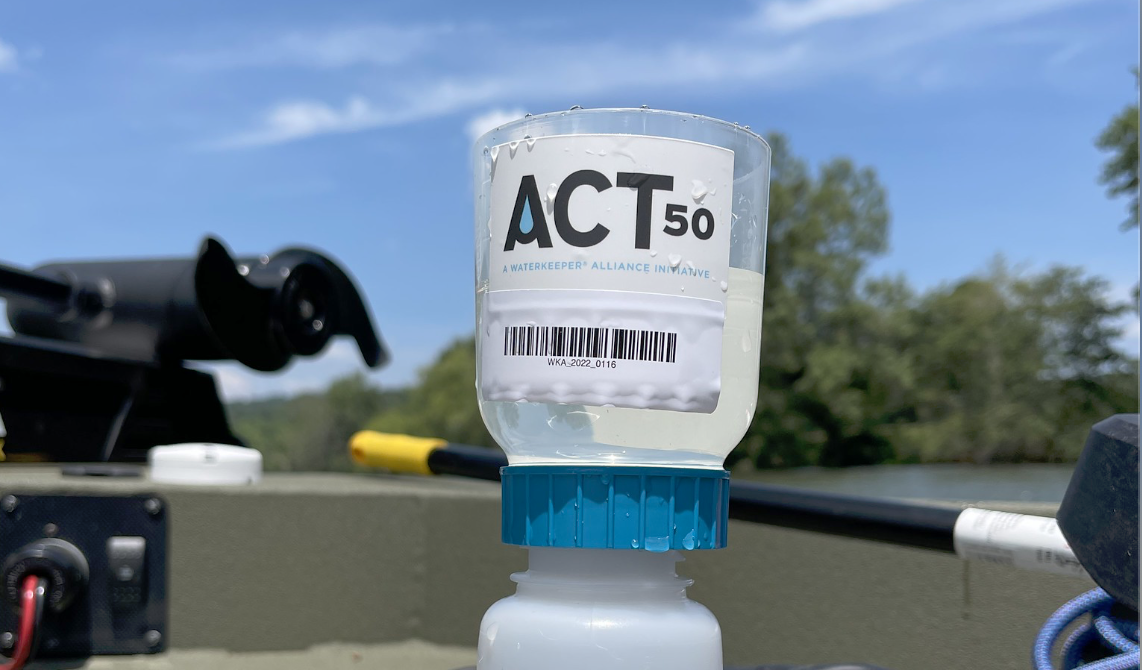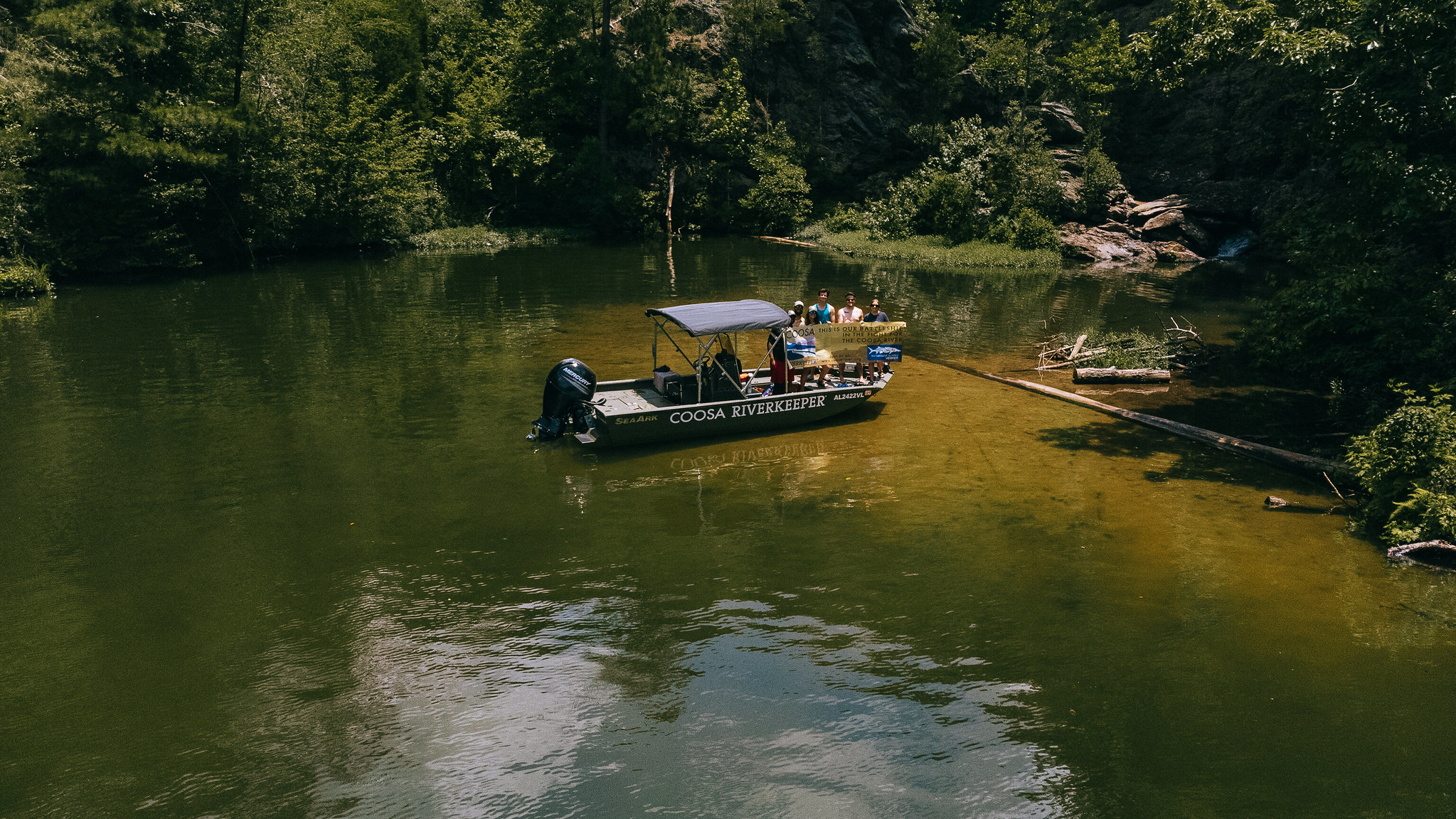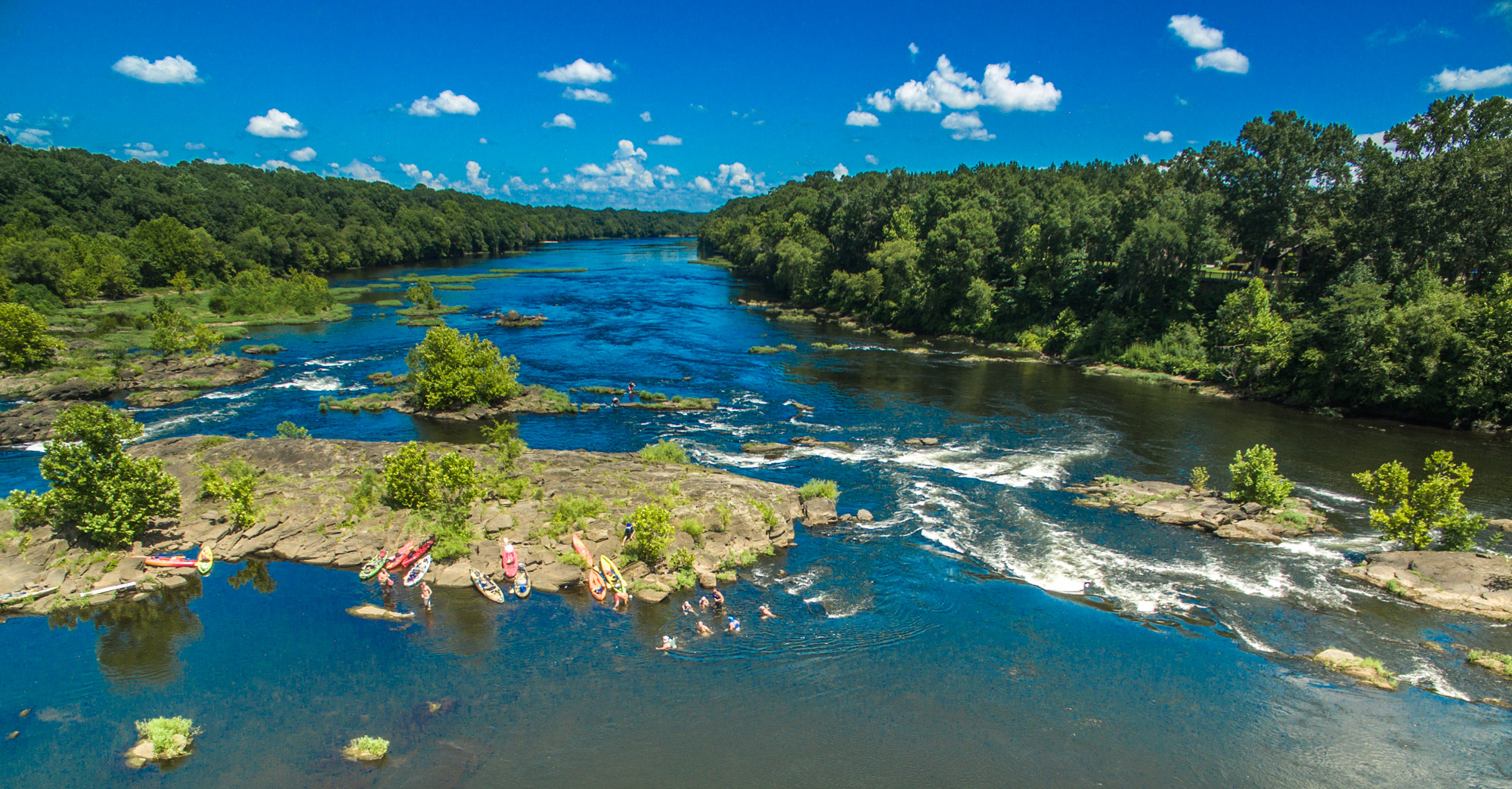Cast on the Coosa
Everything you need to get hooked on fishing on the Coosa from your licenses to where to launch!
fish advisories
Cookin’ your catch
angler advocacy
First Things First
This map is all about the Coosa. It includes places to eat, marinas, public boat launches, and current fish consumption advisories.
USGS Stream Gauges in the Coosa & Surrounding Watersheds
Water Temperature
Water temperature is the primary indicator for predicting fish spawning season. Pre-spawn starts in late winter or early spring, and bass feed with voracious appetites to plump up for spawn. On the Coosa, bass usually spawn in springtime when the water temperature rises to about 60 degrees. Post-spawn fish are headed back to the main channel or deeper waters.
Pre-Spawn
- 40 – 55°F 33%
What's Going On?
Location
Wider & deeper points of the river, leading into a cut or small shallow cove.
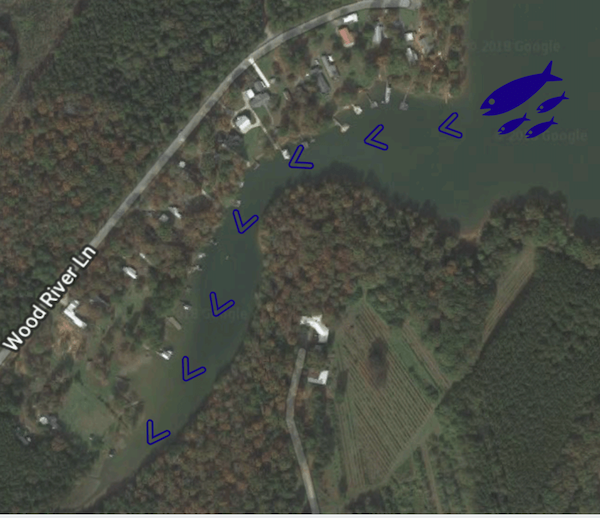
Behavior
Spawn
- 55 – 65°F 67%
What's Going On?
Location
Shallow bays at the back of coves.

Behavior
Post-Spawn
- 65°F+ 100%
What's Going On?
Location
Deeper waters, main channel.

Behavior
Reely Helpful Resources for Fishing on the Coosa
Reel in all the information on fish species, habitat, diet, and spawning patterns on the Coosa with the Coosa River Game Fish Guide!
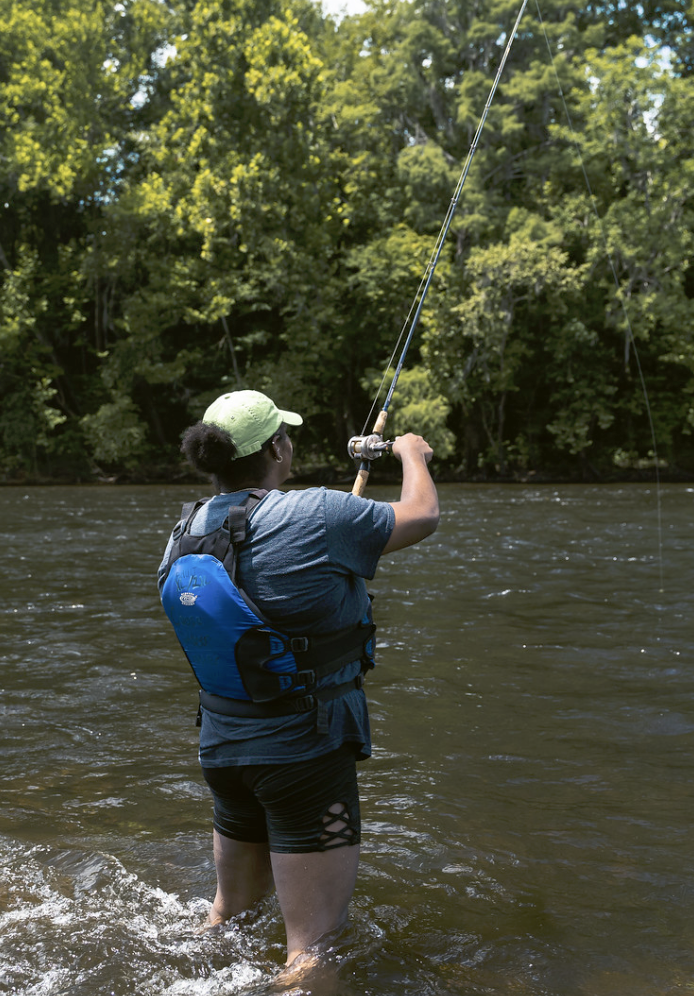
Prepping For Your Trip
How to Plan a Fishing Trip
Create a fishing trip packing list. Be sure to include first aid supplies, fishing license information, pliers with line cutter, and all other fishing tackle you might need that day. Be sure to bring your fishing license!
Weather Conditions
Check the current weather conditions and forecast. Not only to keep yourself safe, but how fish bite changes in different weather conditions.
Find Your Ramp or Bank
Find a place to fish! You can use the Fish Guide map to find local marinas, public access points, and boat ramps.
Keep Fish Wet
Minimize Air Exposure
Just like humans, fish need oxygen to support essential bodily functions and keep them alive. What’s different is that fish get their oxygen from the water (it is dissolved), not the air. Fish respiration (“breathing”) involves moving water into their mouth and over their gills, whether by pumping it or when swimming with their mouths open. You can reduce negative impacts by keeping a fish’s mouth and gills fully submerged in water as much as possible. It’s simple – #keepfishwet
Eliminate Dry Surfaces
Fish have a layer of protective mucus (slime) and scales that protects them from disease. Contact with dry, hard, or rough surfaces (such as hands, rocks, sand, and boat bottoms) can remove slime and scales making fish more susceptible to diseases, especially fungal infections. Keeping fish in or over the water, and holding them with clean, wet hands or a soft rubber net will help keep their slime layer and scales intact and the fish disease free.
Reduce Handling Time
Fish are wild animals and handling is stressful for them, whether they are in your hands or in a net. Most fish that are brought to hand are still amped up based on the release of glucose to fuel their ‘fight or flight’ response to being caught. It can take hours for a fish to physiologically return to normal once it is released. The longer you handle a fish, the more stressful it is for them, which compounds the stress associated with capture.
Don’t confuse seeing a fish ‘swim away just fine’ as a sign that it has completely recovered. See the Tip on reviving fish for more information. If you are not going to take a photo of your catch, consider releasing the fish without touching or netting them. Run your hand down the line and remove the hook – something made even easier if the hook is barbless.
Livewell Care
Keep it Clean & Flowing
Keep your livewell clean and water circulating throughout your fishing trip. As a rule of thumb, you should not exceed a ratio of 1 pound of bass per gallon of water. Know your livewell capacity and make a good judgment on how much water it will take. About three-quarters full is a good place to start.
Chill Out
Keep the livewell temperatures no more than 10 degrees below the ambient surface temperature of the lake. As a guide, a typical 8-pound bag of ice cools a 30-gallon livewell by 10 degrees for about three hours. On long hot days you can store bagged ice in a soft sided cooler. Use a floating aquarium thermometer to monitor temperatures.
Dissolved Oxygen
Delayed mortality is highest in summer, when water temperatures are higher and dissolved oxygen in the water is lower. Stressed bass held all day in a livewell can face an uphill battle when turned back into their natural surroundings in hotter weather.




